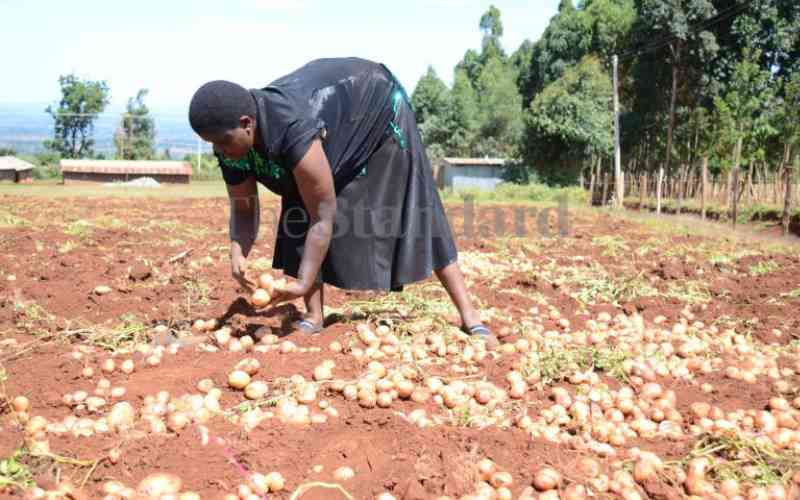
Over the years, post-hunter-gatherer societies have adopted modern agricultural techniques such as the use of machinery and agrochemicals. This has led to lower production costs, increased farming outcomes and incomes, and overall efficiency of farming activities such as planting and harvesting.
And herein lies a contradiction. While modern agricultural practices address food security issues in the short term, experts point out that the practices have also contributed significantly to the unintended consequences of our current food system. Excessive use of agrochemicals, for example, has resulted in habitat loss, soil erosion, reduced land fertility, and pollution from chemical runoff, among other issues.